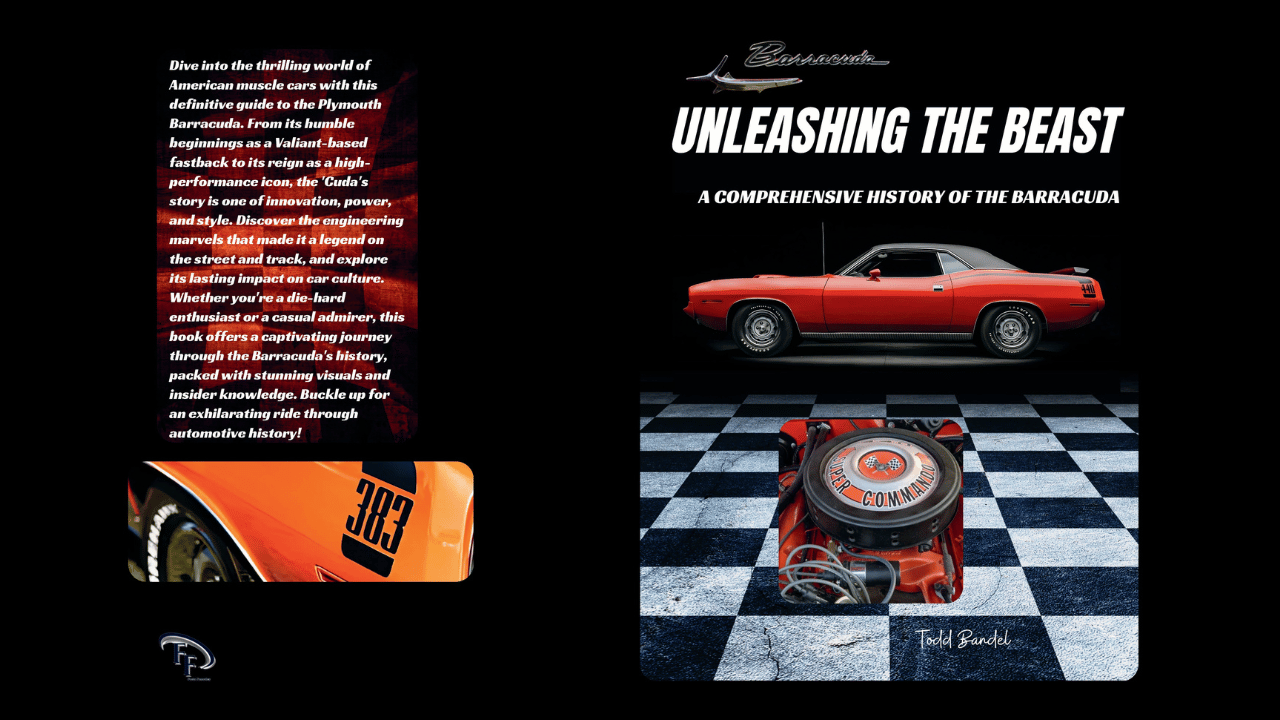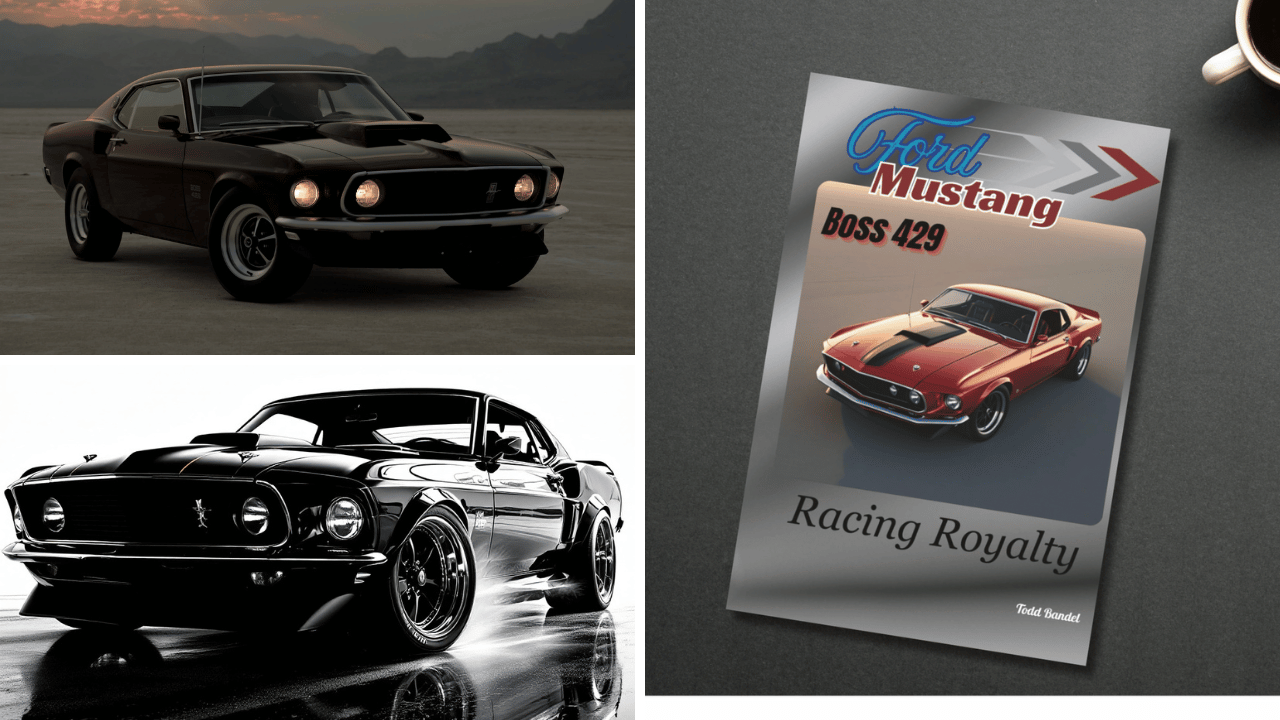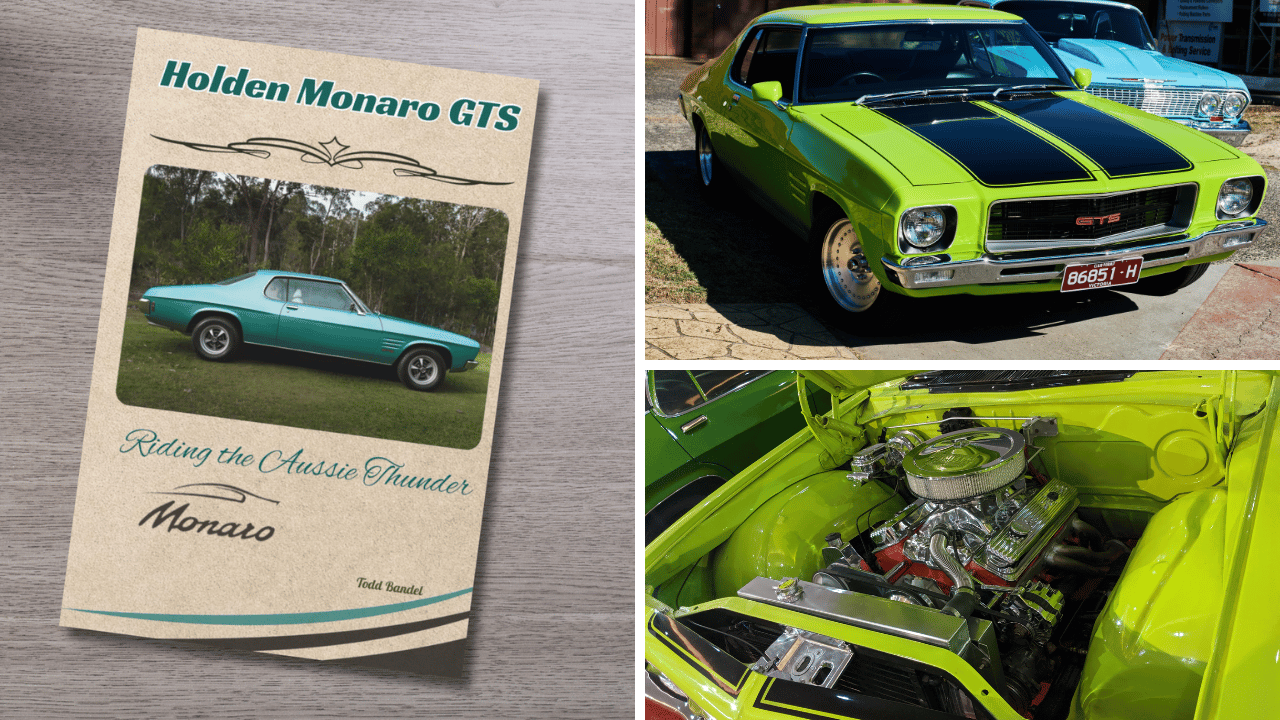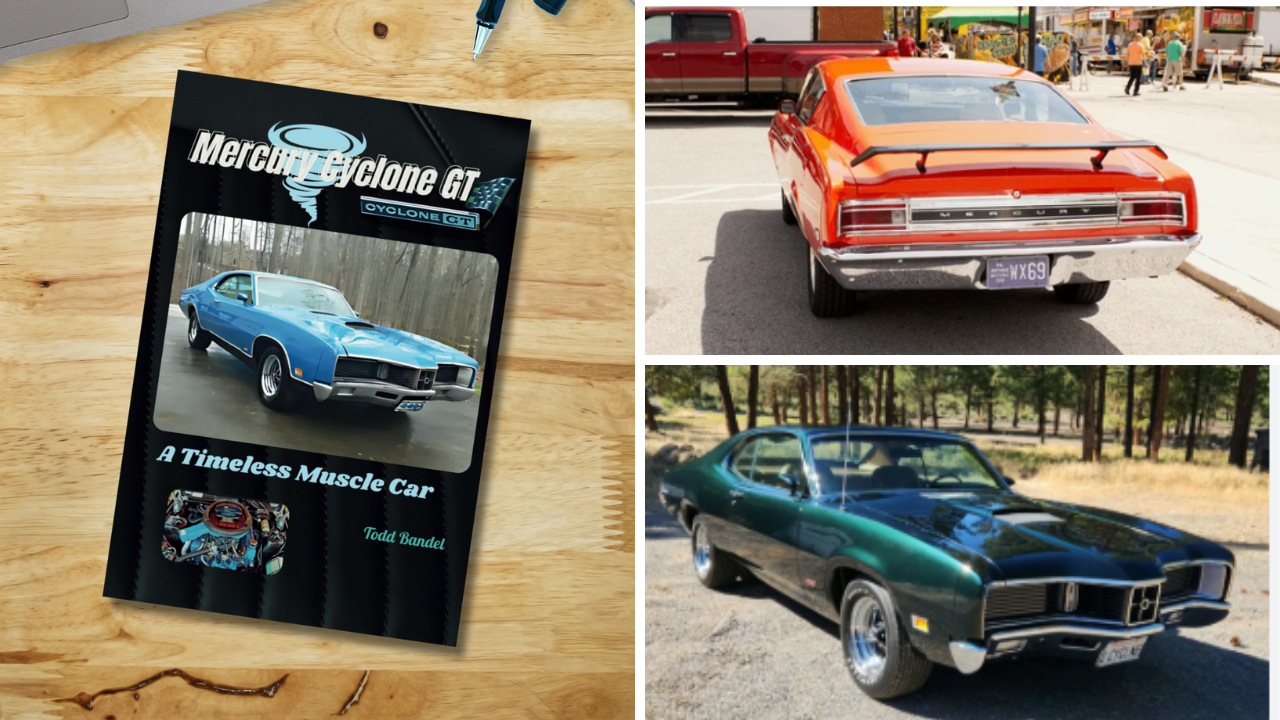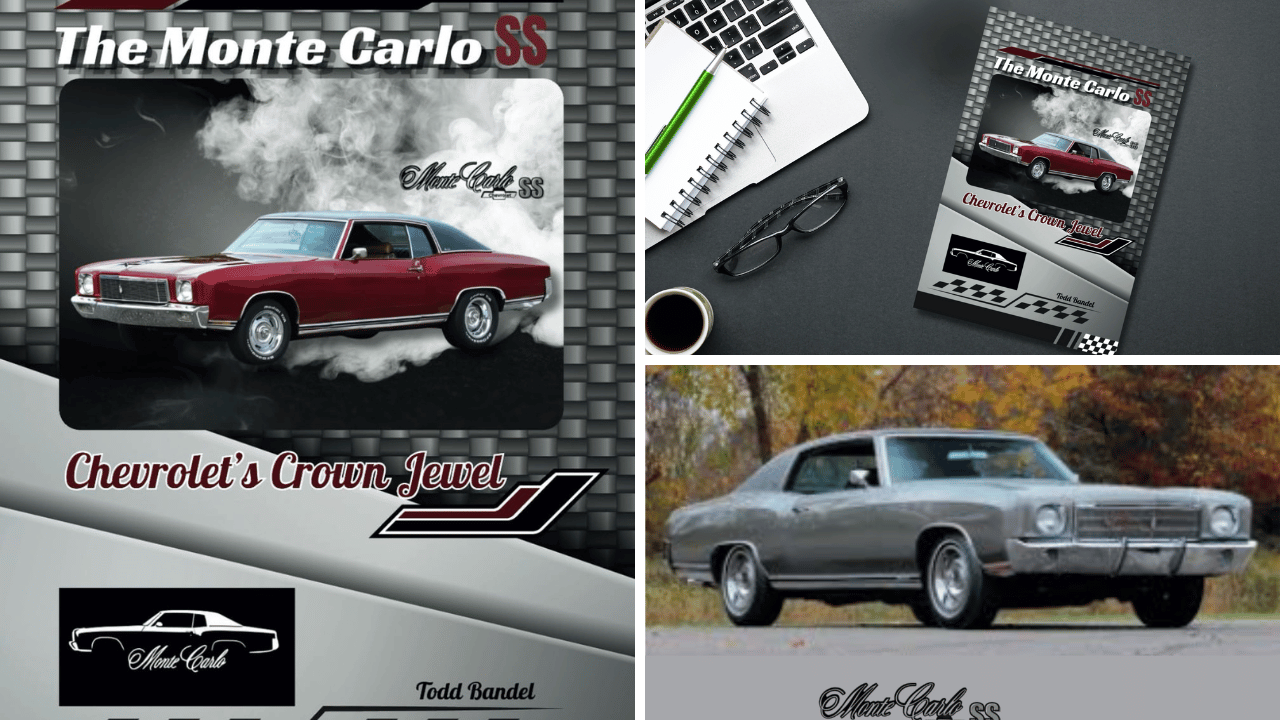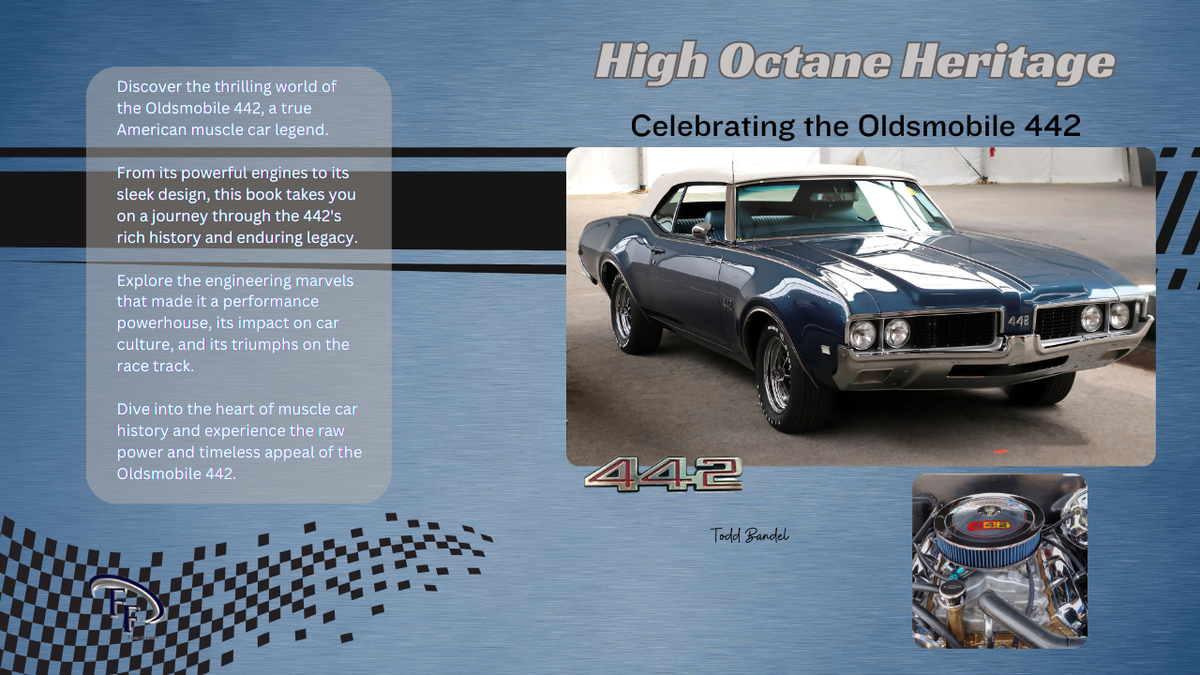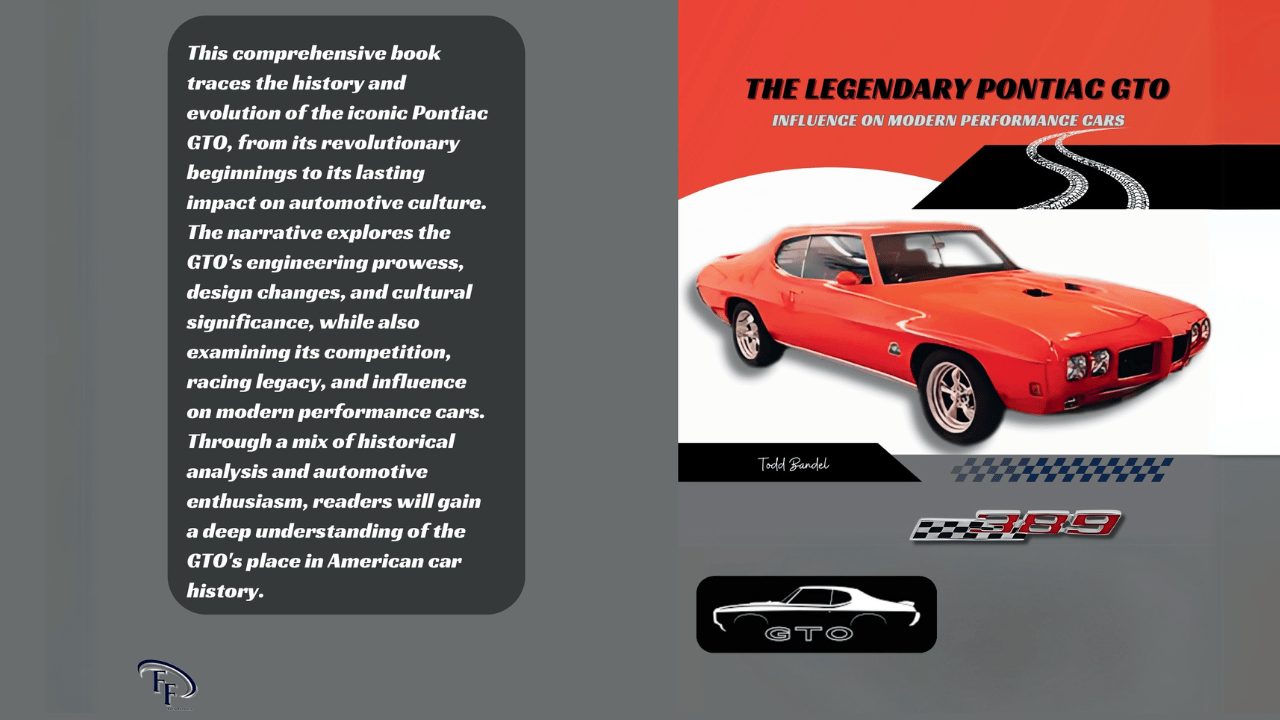The Plymouth Roadrunner: Muscle on the Move
Discover the legendary Plymouth Roadrunner's history, design, and cultural impact, and explore America's iconic muscle car.
Welcome to Mechanicaddicts. As an Amazon Associate, we earn from qualifying purchases (at no cost to you) from links found within these pages if you choose to buy something.
The Plymouth Roadrunner stands as one of the most legendary muscle cars in American automotive history. The Plymouth Road Runner nameplate was produced by the Plymouth brand, under Chrysler, beginning in 1968. Born from an era when raw power ruled the streets, this iconic vehicle captured the hearts of speed enthusiasts, becoming a cultural phenomenon that continues to influence car design today.
From its humble beginnings as an affordable muscle car alternative to its transformation into a racing legend, the 1968 Plymouth Road Runner was priced to be accessible to a broad audience. The Plymouth Roadrunner represents the pinnacle of American automotive engineering. Its story is one of innovation, power, and the relentless pursuit of performance that defined the golden age of muscle cars.
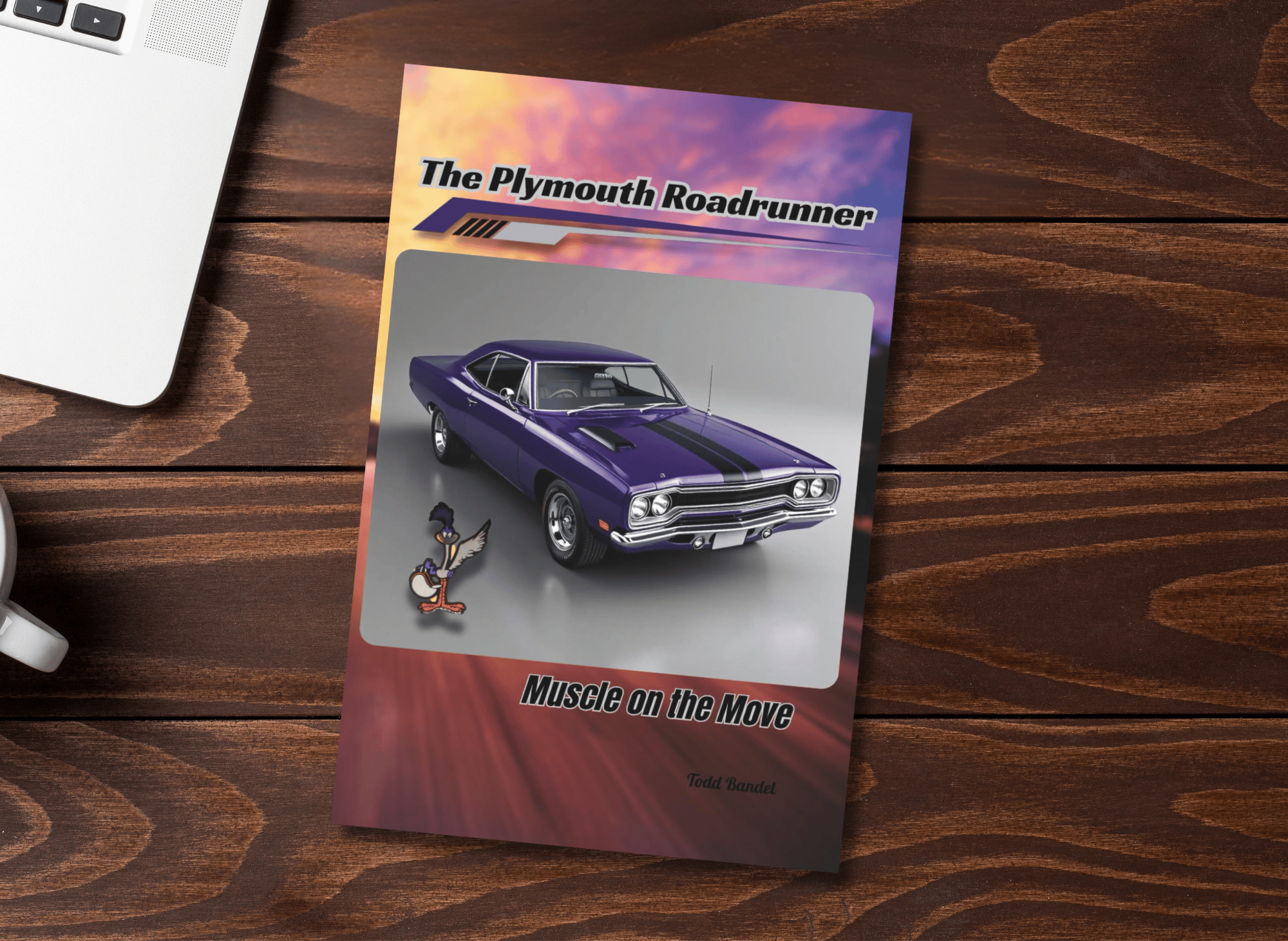
The Plymouth Roadrunner: Muscle on the Move
Get ready to ignite your passion for classic American muscle with “The Plymouth Roadrunner: Muscle on the Move,” a thrilling ride through the legendary history and engineering prowess of one of America’s most iconic cars.
A Brief History of the Plymouth Roadrunner
The Plymouth Roadrunner burst onto the automotive scene in 1968 with a clear mission: deliver maximum performance at an affordable price. Plymouth designed this muscle car to compete directly with other high-performance vehicles while keeping costs manageable for younger buyers.
Dealer feedback played a significant role in the Roadrunner's launch, influencing Plymouth to accept and include distinctive decals and branding on the car. Dealers recognized the marketing potential of these features and helped shape the car's identity.
The idea behind the Roadrunner was revolutionary for its time. Plymouth stripped away unnecessary luxury features and decided to focus on performance options rather than luxury features. This approach created a vehicle that could deliver exceptional performance without the premium price tag of its competitors.
The car’s name came from Warner Bros.’ famous cartoon character, complete with the iconic “Beep Beep” horn sound and Road Runner graphics. Plymouth licensed the Road Runner character for use in the car's branding, ensuring official permission for its marketing and decals. This playful branding helped establish the Roadrunner as more than just another muscle car—it became a cultural icon that resonated with a generation of car enthusiasts.
The strong sales response to the Roadrunner's launch confirmed its appeal and market success.

Design and Engineering Excellence
Exterior Styling That Turned Heads
The Plymouth Roadrunner’s design philosophy centered on aggressive functionality. The car featured a distinctive long hood and short deck proportions that immediately communicated its performance intentions. Sharp body lines and minimal chrome trim gave the Roadrunner a clean, purposeful appearance that stood out from the ornate styling of many contemporary vehicles.
The sheet metal work on the Roadrunner was particularly noteworthy. Plymouth engineers focused on creating aerodynamic advantages while maintaining the bold, muscular stance that muscle car buyers demanded. The car’s profile suggested speed even when standing still, with design elements that emphasized its performance capabilities. The rear end of the 1968 Plymouth Road Runner featured a striking yet straightforward rear design, with broad taillights and a sculpted rear panel that reinforced the car's no-nonsense, performance-oriented look.
Interior Features and Comfort
Inside the Roadrunner, function took precedence over luxury. The interior featured durable materials and straightforward controls that put the driver in complete command of the vehicle's capabilities. While not lavishly appointed, the cabin provided everything needed for an engaging driving experience.
The dashboard layout was designed for performance driving, with gauges positioned for easy reading and controls within comfortable reach. This practical approach to interior design reflected the Roadrunner's no-nonsense philosophy—every element served a purpose related to the driving experience.
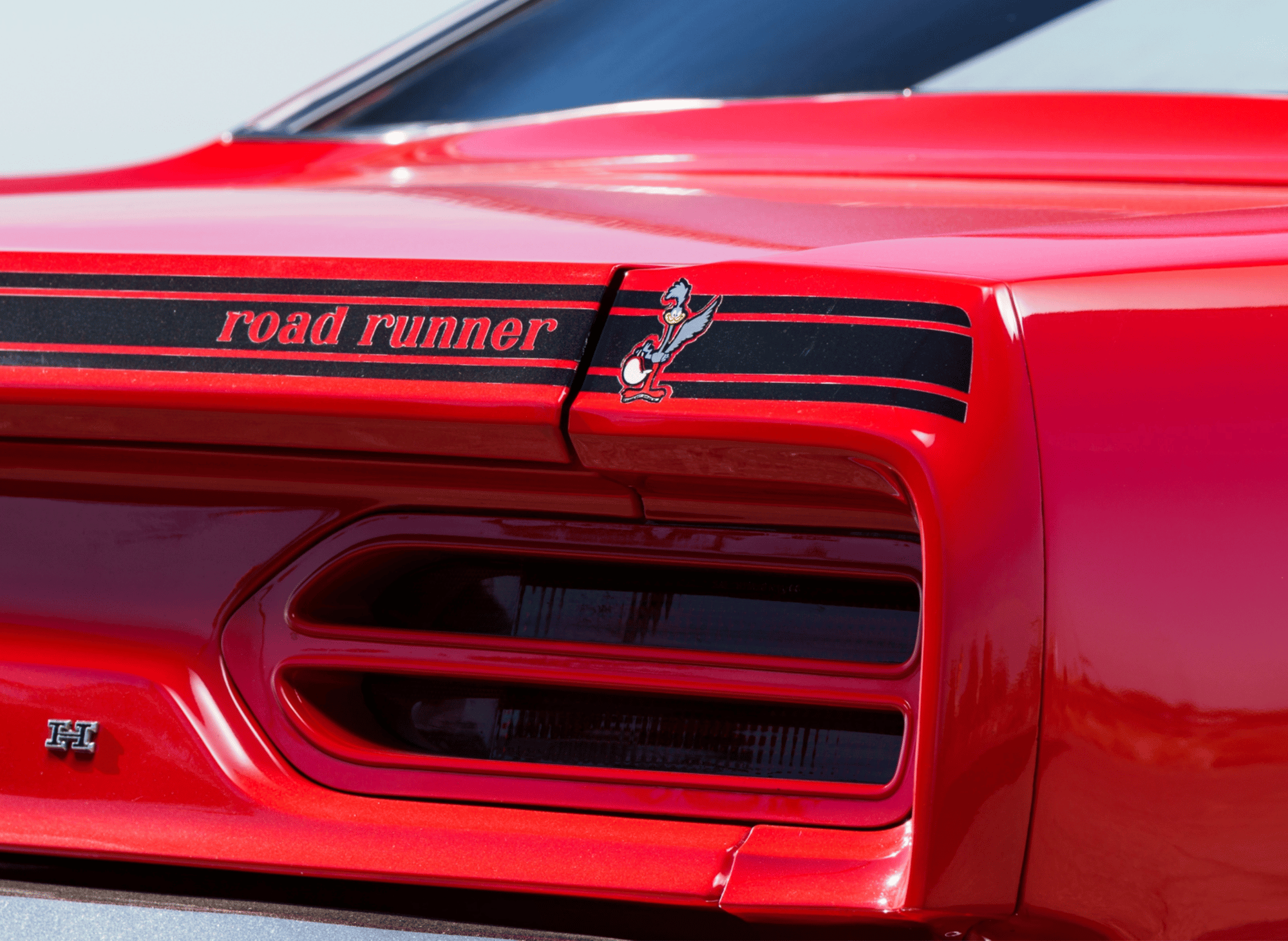
Performance Capabilities That Defined an Era
Engine Options and Power Output
The Plymouth Roadrunner could be equipped with a range of engine options, allowing buyers to select the performance level that best suited their needs. The available engines included units with various cubic inch displacements, such as the 383 cubic inch unit and the legendary 426 Hemi unit, both known for their impressive torque figures and horsepower output.
The top engine configurations, especially those equipped with the 426 Hemi, could deliver breathtaking performance figures that rivaled much more expensive sports cars. These powerplants featured advanced engineering for their time, incorporating technologies that would influence automotive design for decades to come.
Handling and Driving Dynamics
Beyond straight-line performance, the Roadrunner offered surprisingly capable handling characteristics. The suspension system balanced comfort with performance, allowing drivers to enjoy spirited driving on winding roads as well as impressive quarter-mile times.
The addition of power steering and disc brakes on specific models enhanced the driving experience significantly. These features improved both safety and driver confidence, making the Roadrunner more accessible to a broader range of enthusiasts.
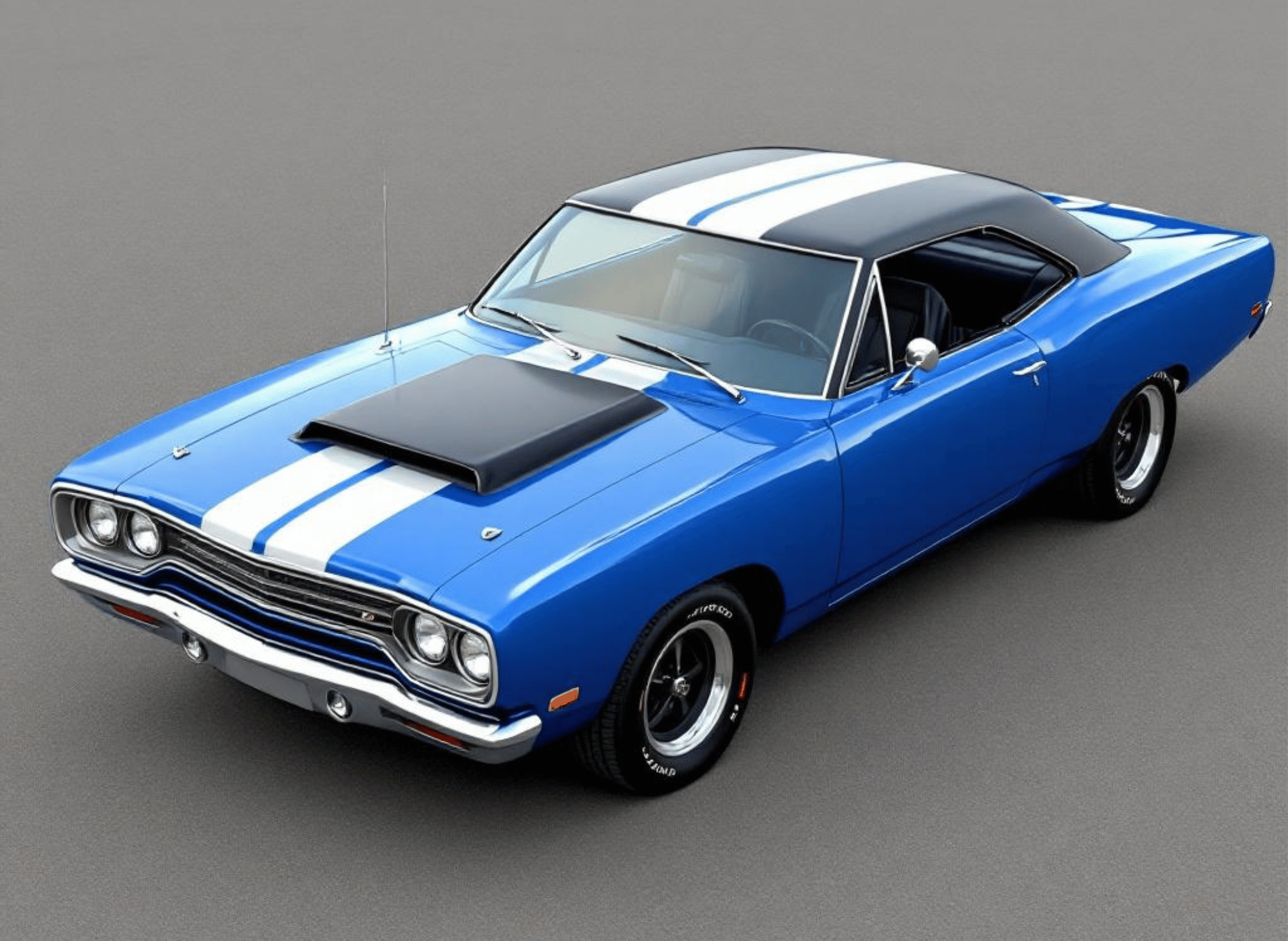
Cultural Impact and Media Presence
Influence on Muscle Car Culture
The Plymouth Roadrunner played a crucial role in shaping American muscle car culture. Its success proved that performance vehicles could be both powerful and affordable, inspiring other manufacturers to develop similar offerings. The Roadrunner's impact was felt alongside rivals like the Pontiac GTO, Chevrolet Chevelle, Ford Torino, and Dodge Charger, all of which competed fiercely in the muscle car segment and helped define the era. This competition drove innovation across the industry and led to the golden age of American muscle cars.
The car’s popularity extended beyond traditional automotive enthusiasts. Its distinctive character and cultural associations made it appealing to a diverse audience, helping to establish muscle cars as an integral part of American automotive identity.
Appearances in Popular Media
The Roadrunner's cultural significance extended into popular media, where it appeared in numerous films, television shows, and music videos. These appearances helped cement its status as an American icon and introduced the car to new generations of potential enthusiasts.
The relationship between the car and its cartoon namesake created unique marketing opportunities that other manufacturers couldn't replicate. This connection helped maintain the Roadrunner's cultural relevance long after production ended.
Racing Heritage and NASCAR Connection
The Plymouth Roadrunner’s racing pedigree includes connections to NASCAR legend Richard Petty. The development of the related Plymouth Superbird, with its distinctive aerodynamic modifications, including the iconic tall rear wing designed to meet NASCAR homologation rules, demonstrated Plymouth’s commitment to racing excellence and technological innovation.
The Superbird was explicitly built for race events, emphasizing the Roadrunner's strong racing heritage and suitability for high-performance competition. The Dodge Charger, a closely related model, also played a significant role in NASCAR competition during this era.
These racing connections provided valuable development data that improved street versions of the car. The knowledge gained from competitive racing helped Plymouth engineers refine engine performance, handling characteristics, and overall reliability.
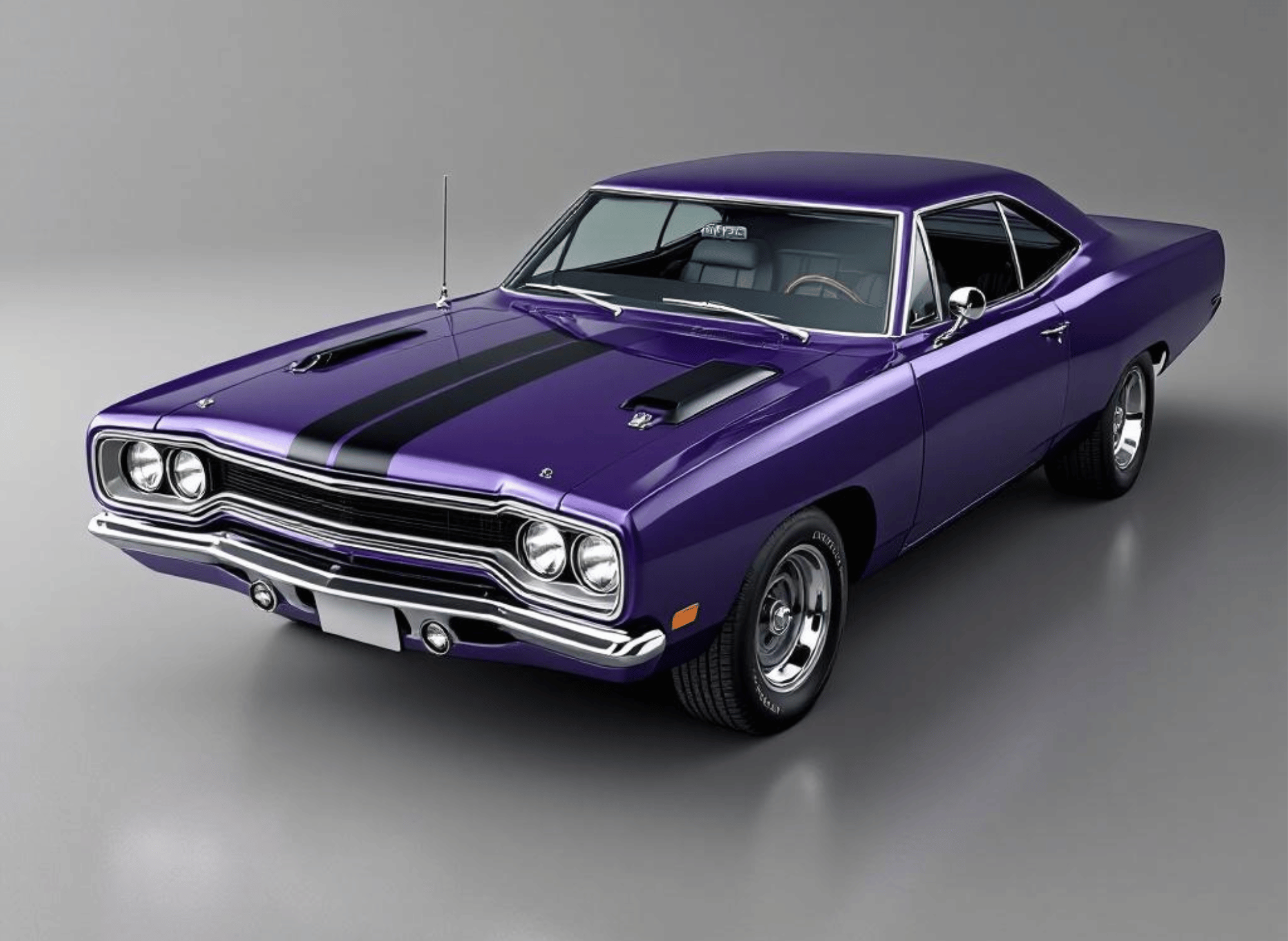
Finding and Purchasing a Plymouth Road Runner
What to Look for in a Classic Roadrunner
When searching for a Plymouth Roadrunner, condition and authenticity are paramount concerns. Original, unmodified examples command premium prices, while restored vehicles can offer excellent value for enthusiasts seeking a reliable classic car experience.
Key areas to inspect include the engine bay, interior condition, and structural integrity. Pay close attention to any minor changes or upgrades, as even small modifications can affect the car’s authenticity or value. Documentation proving the car’s history and authenticity can significantly impact value and future resale potential.
Restoration Considerations
Restoring a Plymouth Roadrunner can be a rewarding experience, but it requires careful planning and realistic expectations. Original parts availability varies depending on the specific model year and configuration, with some components being more difficult to source than others. For example, air conditioning was not available with specific high-performance engine configurations due to space constraints in the engine bay, which can affect restoration options for those models.
Professional restoration services can deliver exceptional results, but costs can escalate quickly. Many enthusiasts choose to tackle restoration projects themselves, finding satisfaction in the hands-on experience of bringing these classic machines back to life.
Investment Potential and Market Trends
The collector car market has shown strong appreciation for well-maintained Plymouth Roadrunners over the past decade. Factors influencing value include rarity, condition, authenticity, and historical significance. Original high-performance models typically command the highest prices.
For example, only about 44,599 Plymouth Roadrunners were produced in 1969, and production numbers dropped significantly in later years, making specific models especially rare. Market trends suggest continued interest in American muscle cars, with the Roadrunner benefiting from its iconic status and limited production numbers. This combination of cultural significance and relative scarcity supports strong long-term value retention.
The Plymouth Roadrunner, a symbol of raw power and performance, became a legend on the streets and tracks, often linked to racing icons like Richard Petty and the Daytona Speedway. Its aerodynamic design, featuring a sleek roof and a well-balanced chassis, was a sign of innovation during its era.
Meanwhile, the Superbird, with its extended rear wing and optimized wheelbase, pushed the boundaries of speed and aerodynamics, dominating the racing season. Jeep, on the other hand, carved its niche with rugged utility, offering customizable grilles and durable glass for off-road adventures.
As a competitor, GM continued to sell vehicles that defined American automotive culture, and the industry embraced a new era of design and engineering. These cars, called icons for a reason, remain a testament to the passion and ingenuity of their creators.
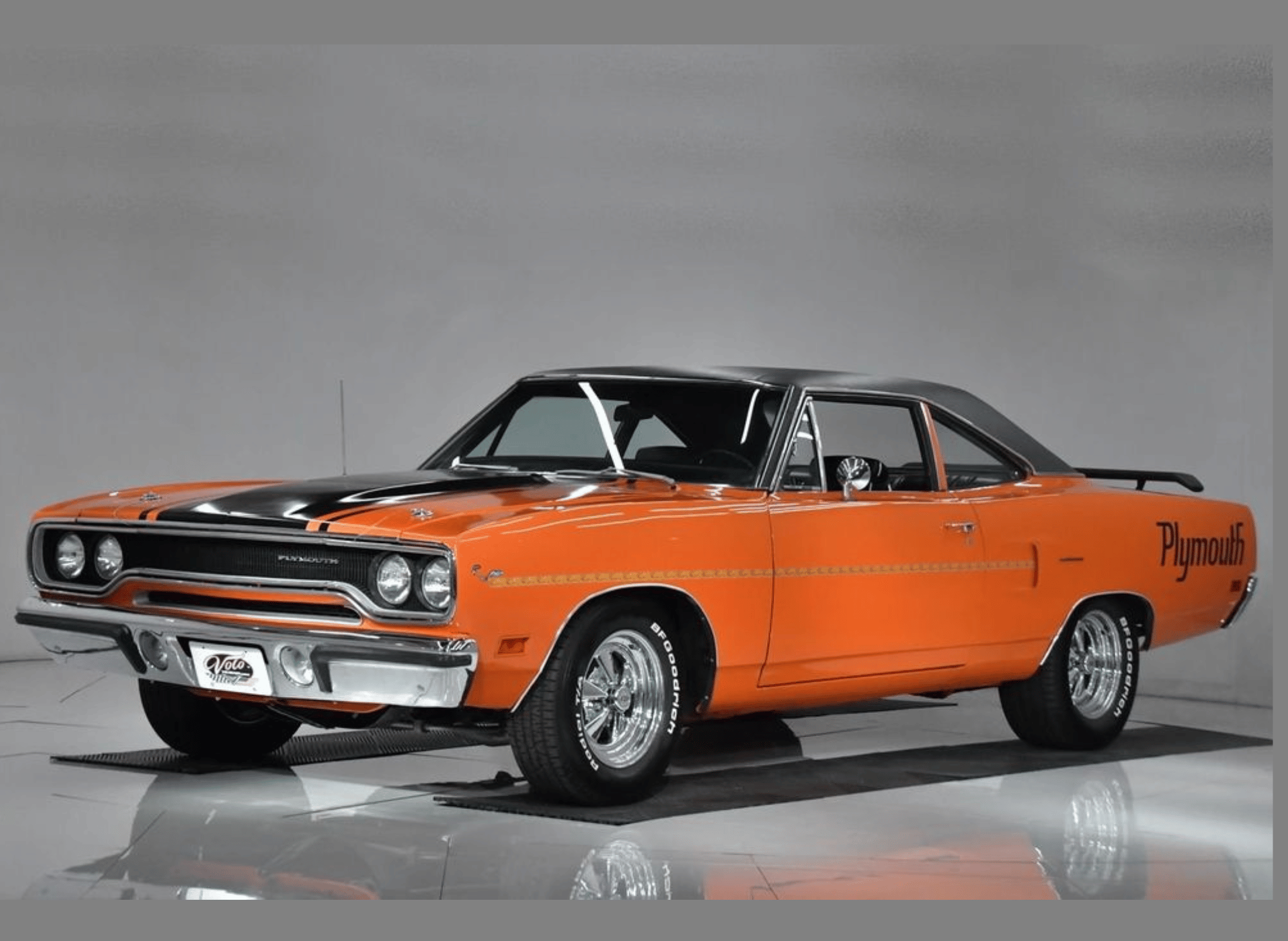
Preserving Automotive Heritage
The Role of Enthusiast Communities
Plymouth Roadrunner enthusiasts have formed dedicated communities focused on preserving the car's legacy and supporting current owners. These groups provide valuable resources for maintenance, restoration, and historical documentation.
Car shows and enthusiast events offer opportunities to celebrate the Roadrunner's heritage while connecting with fellow owners. These gatherings help maintain interest in the marque and provide educational opportunities for younger enthusiasts.
Technical Resources and Support
Modern technology has made it easier than ever to maintain and restore classic Plymouth Roadrunners. Online forums, digital parts catalogs, and video tutorials provide unprecedented access to technical information and expert advice.
Specialized shops and restoration services have developed particular expertise with these vehicles, offering everything from routine maintenance to complete frame-off restorations. This support network helps ensure that these essential automotive artifacts can continue to be enjoyed by future generations.
For those seeking in-depth technical and historical information on the Plymouth Roadrunner, books published by MotorBooks International and Krause Publications are highly recommended.
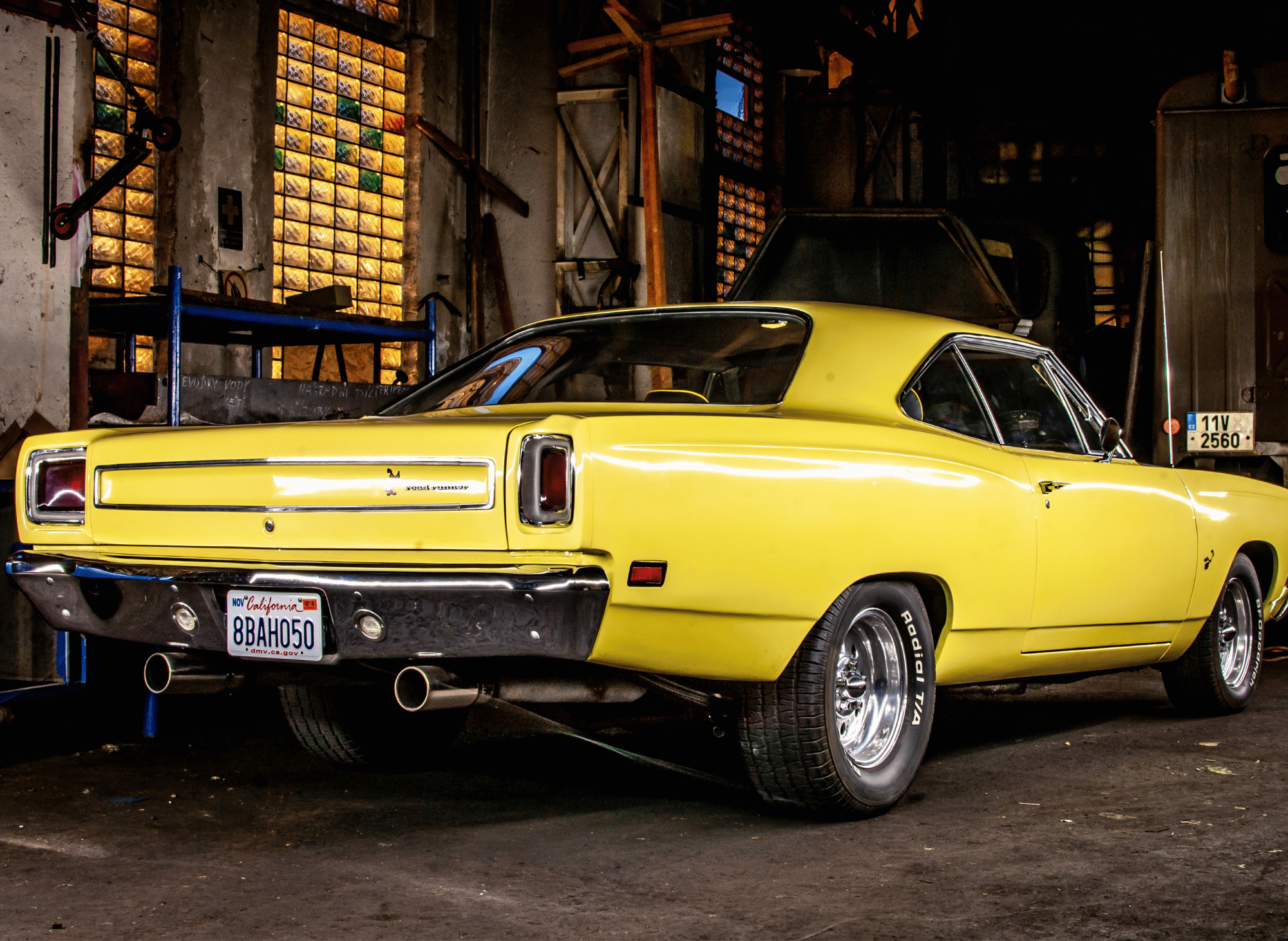
Similarities between the Dodge Charger and the Plymouth Roadrunner.
While the Plymouth Road Runner and Dodge Charger share a common lineage and muscle car DNA, they cater to slightly different audiences. The Road Runner is the stripped-down, fun-loving performance car, while the Charger offers a blend of performance and sophistication. Both are legends in their own right and remain highly sought after by collectors and enthusiasts today.
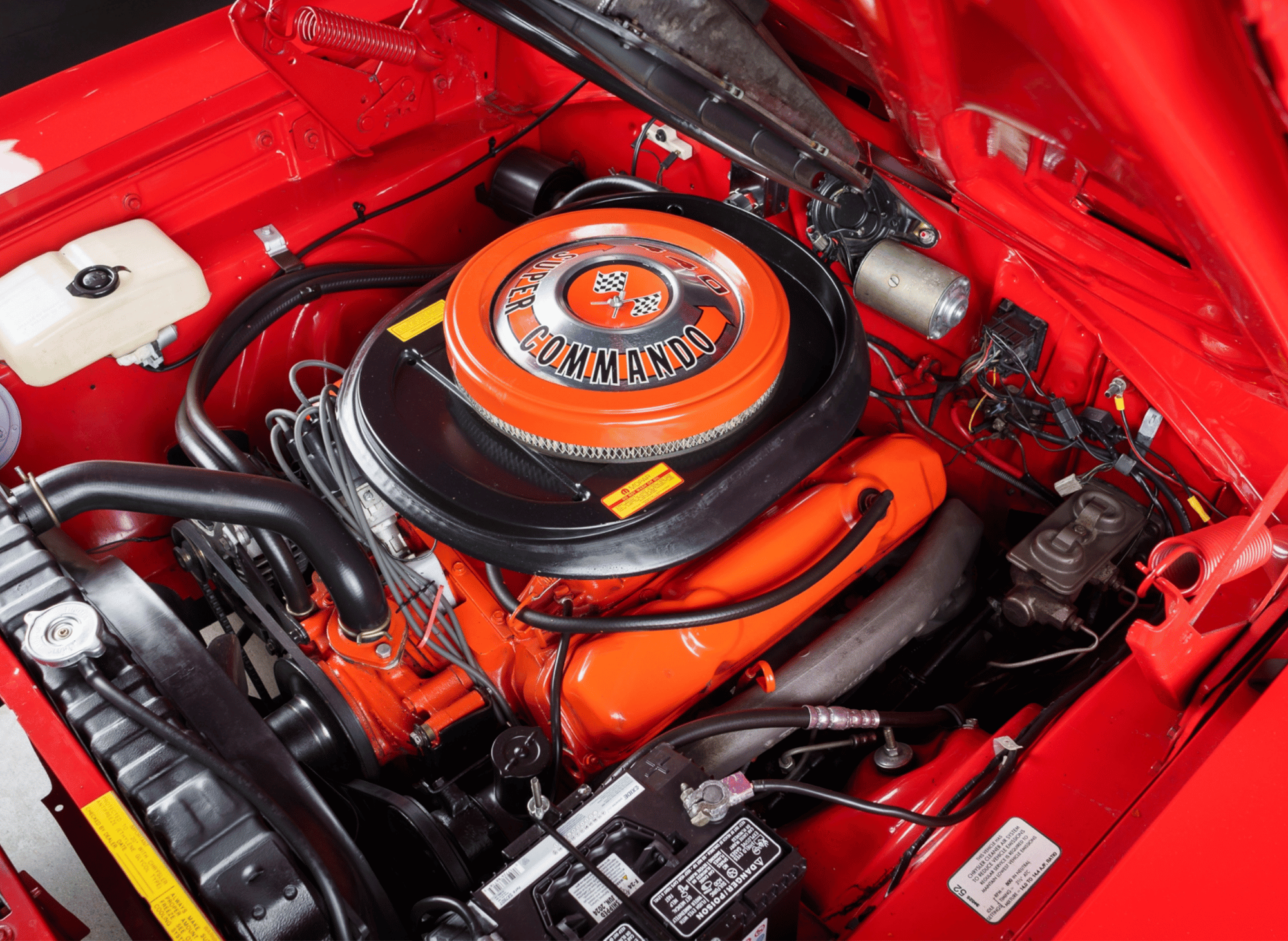
The Enduring Legacy of American Muscle
The Plymouth Roadrunner represents more than just impressive performance figures; it embodies the spirit of American automotive excellence. Its story reflects a time when manufacturers took bold risks to create vehicles that captured the public imagination and pushed the boundaries of what was possible.
The car's influence extends far beyond its production years, inspiring contemporary muscle car designs and continuing to attract new generations of enthusiasts. Modern muscle cars owe much of their character and appeal to pioneers like the Plymouth Roadrunner.
For those interested in exploring the complete story of this automotive legend, "The Plymouth Roadrunner: Muscle on the Move" by Todd Bandel offers comprehensive insights into the car's development, cultural impact, and enduring appeal. This detailed examination reveals how innovation, performance, and cultural timing combined to create one of America's most beloved muscle cars.
The Plymouth Roadrunner's legacy lives on in every contemporary muscle car that prioritizes performance over luxury, in every enthusiast who appreciates authentic American automotive heritage, and in the continuing acceptance of the influence of its design philosophy on modern car development. It remains a testament to the power of innovation and the enduring appeal of pure, uncompromising performance.
Thank you for reading!
Your friend,
Todd
#PlymouthRoadRunner #MuscleCarLegend #MoparOrNoCar #ClassicMuscle #BeepBeep #AmericanMuscle #VintageVibes #HemiPower #RoadRunnerLife #CarCulture
🏎️ 🚦 🛞 🐦💨 🔥 🇺🇸 🏁 🚗 ⚡
Amazon Prime offers a wide range of products designed to cater to diverse customer needs, all with the added benefit of fast, reliable delivery. From household essentials and groceries to electronics, clothing, and entertainment, Prime members get access to exclusive deals and discounts across various categories.
Additionally, Prime membership includes access to services like Prime Video for streaming movies and TV shows, Amazon Music for ad-free music, and Prime Reading for eBooks and magazines. This comprehensive suite of benefits makes Amazon Prime a convenient and value-packed option for millions of customers worldwide.
- Prime for you, adult
- Free 30-day trial of Prime
- All of Prime, half the price.
- Prime Video
- wedding registry
- Kindle Unlimited
- Amazon Music
- Amazon Fresh Groceries
